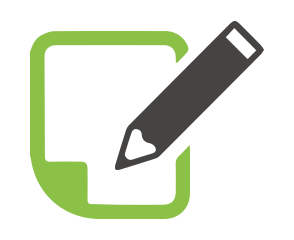Student loan forgiveness through the Public Service Loan Forgiveness Program (“PSLF”) is an ultimate goal for many individuals enrolled in the federal program.
To be eligible, the borrower must be employed more than 30 hours per week in an eligible federal, state or local public service job or 501(c)(3) non-profit job.
Borrowers with qualifying employment must make a total of 120 on-time payments (10 years if done consecutively) prior to the remaining balance on their student loans being forgiven.
However, it’s not quite as simple as that. Below are four important things to keep in mind if you are aiming for student loan forgiveness under the PSLF Program.
1. Your Employer Matters; Not Your Job Duties
To qualify for the PSLF Program, you must work for an eligible employer.
If you simply work for a company or organization that works with a governmental unit or a 501(c)(3) non-profit, you will not be eligible for the Program. Be sure to focus on your actual employer.
You do not have to work at the same eligible employer for the course of the 120 payments, but you should update your Employer Certification Form and submit it to the Department of Education if you ever do switch employers.
2. Submit Your Employment Certification Form
To ensure you are on-track for loan forgiveness, it is essential you submit an Employment Certification Form when:
1) You start your first public service job;
2) Annually thereafter; and
3) Any time you change eligible employers. Submitting this form annually helps to track your progress in the PSLF Program and will help your loan servicer inform you about anything you should do to maximize your amount forgiven in the future.
A good idea is to submit a new Employment Certification Form to the Department of Education each year when you re-certify your Income-Driven Repayment plan.
Be sure your Form is free from mistakes, or else you risk it being rejected by the Department of Education.
3. Enroll in an Income-Driven Repayment Plan
To qualify for the PSLF Program, you must be enrolled in an Income-Driven Repayment plan.
These repayment plans are offered through the federal government and typically substantially reduce the monthly amount you must pay towards your student loans, especially if your debt-to-income ratio is particularly high.
While the Standard 10-Year Repayment Plan is eligible for PSLF, you will have fully paid off your student loans at the end of the ten years on your own, rendering enrollment in the PSLF essentially useless.
Instead, you should take advantage of your public service employment by selecting an Income-Based Repayment plan that will save you money on your monthly student loan obligation.
Each individual’s specific financial situation will help determine which Income-Driven Repayment plan is best for their needs.
Using a student loan forgiveness calculator or talking to your student loan servicer can help you decide which plan is best for you.
4. Consolidate Your FFEL Loans
It is important to keep in mind only Direct Loans qualify for the PSLF program.
Most notably, Federal Family Education Loans (a student loan program that ended in 2010) are not eligible for the PSLF Program and must be consolidated into one Direct Consolidation Loan to qualify for loan forgiveness under the PSLF Program.
If you’re not sure what type of federal student loans you have, you can check on the Federal Student Aid website.


